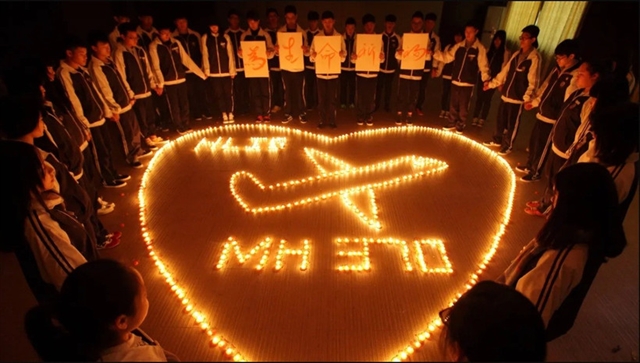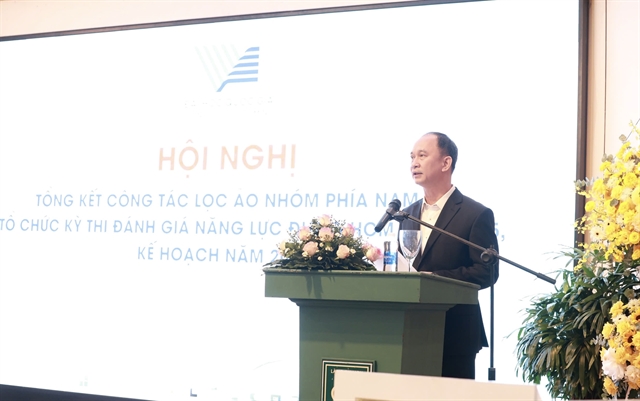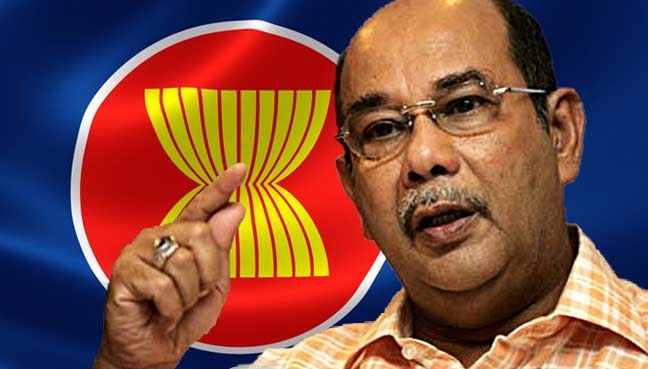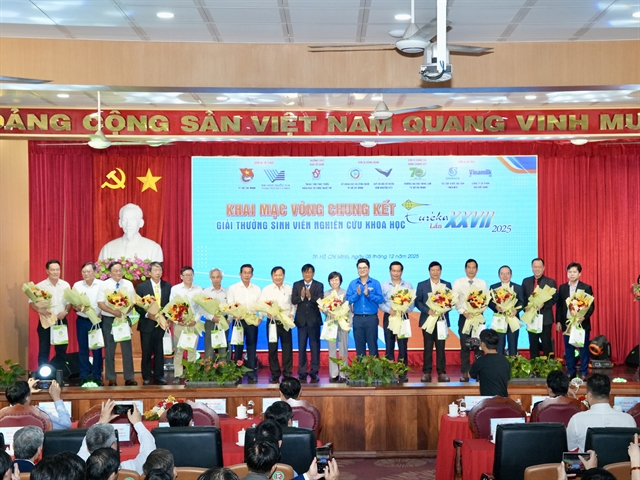 World
World

Syed Hamid Albar*
Former Foreign Minister, Malaysia
 |
| Mr. Syed Hamid Albar |
ASEAN @50 series
Syed Hamid Albar*
Former Foreign Minister, Malaysia
Entering its 50th year of existence in 2017, Asean embraces its golden jubilee this year. Examined from the lens of foreign policy officials, diplomats, scholars and politicians, undoubtedly such a milestone calls for introspection. Indeed, the time is right to understand what worked and what we could have done better, and how do we move ahead as one cohesive alliance against the backdrop of the ever-shifting global dynamics.
An inescapable question at the outset: Following the failures of ASA (Association of Southeast Asia) and MAPHILINDO (the Greater Malayan Federation), have the aims and visions of our founding fathers of the five original Asean member states who signed the Bangkok declaration on 8th August 1967 to chart a new future for the region been fulfilled?
The crisp answer would be yes. Becoming ten from just five at inception, the coalition weathered the ups and downs of member state relationships anchored upon a set of core values. We call this the ’Asean Way’, where the approach has been to strike a balance between consensual decision-making and non-interference in each other’s domestic affairs in a show of mutual respect.
We can take pride that the Asean region is principally stable and peaceful. The measured pace has helped it to attain this position and it would not be wrong to say that Asean has done well, taking into account the fact that the region is a microcosm of religion, language, ethnicity and culture.
However, the inter-subjective structure of Asean has proven to be a stumbling block in resolving potential flash points or conflicts that could destabilise the region and Asean unity due to exposure to hotbed of geopolitical happenings such as overlapping land and maritime claims, China’s advancing presence and the alleged ‘cold war’ between the US and China.
Additionally, member countries do not appear to share a common view on what is democracy or human rights. Let’s be honest. Asean is still cumbersome and sensitive on the question of non-interference and its treatment of human rights issues. Reticence to take a firm collective stand, for example on the Rohingya issue in Myanmar has been a thorn in our sides, questioning the very values that Asean stands for.
There is undoubtedly need for deeper examination on challenges confronting Asean as it embraces democracy and economic liberalism. Continued denial on this subject will not bode well in sustaining Asean’s credibility and integrity.
The Asean Economic Community has been firmly established and integrated people-centred Asean has been declared based on the three pillars of Asean under the Bali Concord I & II. But what do these mean? Has Asean been able to build a cohesive and united body, consistent with its Charter? Has it succeeded in building trust and understanding in order to create an Asean identity?
For too long, we have made this an exclusive ‘talk shop’ platform for government to government dealings but the time has come for us to recognise that a political platform, Asean must take sustainable and constructive steps to make a firmer collective stand on issues affecting the region. The institutional and government-centred character of the past must be shed to make way for inclusiveness and relevance to the civil society.
These are important to resolve as we have seen how different member states have varying interpretations of the relationship between the individual, state and civil society, and sometimes, the core values of freedom.
Due to rigidly sticking to the issue of sovereignty and non-interference as a regional organisation, Asean has been in critical instances slow to give its collective or common response to natural disasters like the Tsunami, Cyclone Nargis and the haze. If these were a test of our effectiveness, we failed, and it is sometimes quite a wonder how member countries are able to rise above conflicting areas to register healthy political and economic growth.
In the Malaysian case, it has used the slogan of unity and diversity as a source of its strength. Otherwise, the differences and diversities of Asean can be a threat to peace, stability and security.
There are also frustrations on the rigid application and inflexible processes of Asean’s decision-making and yet, we have witnessed how hope and optimism steered the evolution of this organisation.
Beginning its initial journey based on a loose framework of rules, over the years, Asean has graduated into a full-fledged legal and rule-based regional organisation guided by its Charter. The challenge moving forward will be to introduce mechanisms and enforcement tools compelling member states to play by the rules.
It is encouraging that Asean leaders previously criticised for leaning towards ‘golf diplomacy’, must be more willing to come to the table, to confront intractable issues. However, discussions alone will not be enough. In grappling with complexities the future will bring, we must form meaningful responses to the needs of a changing world. Our actions must not just resonate with governments but also with civil society from all walks of life. As leaders, we must have the courage to act with gravitas and gumption in the interest of greater good for the continued growth of our region.
The value proposition for standing together as one coalition is strong. With a total population of 628 million and a combined GDP of US$3 trillion (S$4.14 trillion), the Asean region today is formidable global power bloc from economic, political and security perspectives. We stand on the cusp of an era that will see Asean leadership make its way into the global order.
Thus, in mulling the existential narrative for Asean over the next 10 years, we must build greater resilience in our region and tackle existing challenges with all the seriousness we can muster. Asean cannot afford to be lulled into a false sense of security in past glories. Instead, we must take a brave, no-nonsense approach to finding that point of equilibrium that will further elevate our standing amid new realities in the international system.
*The writer, an UMNO politician, was also Malaysia’s former Home Minister. This is a special series of articles to mark the 50th anniversary of the regional grouping, by the Asean members of the Asia News Network, an alliance of 23 regional media entities.
ASEAN: Journey of progress, challenges and future direction
Time for an Asian-Asean century




